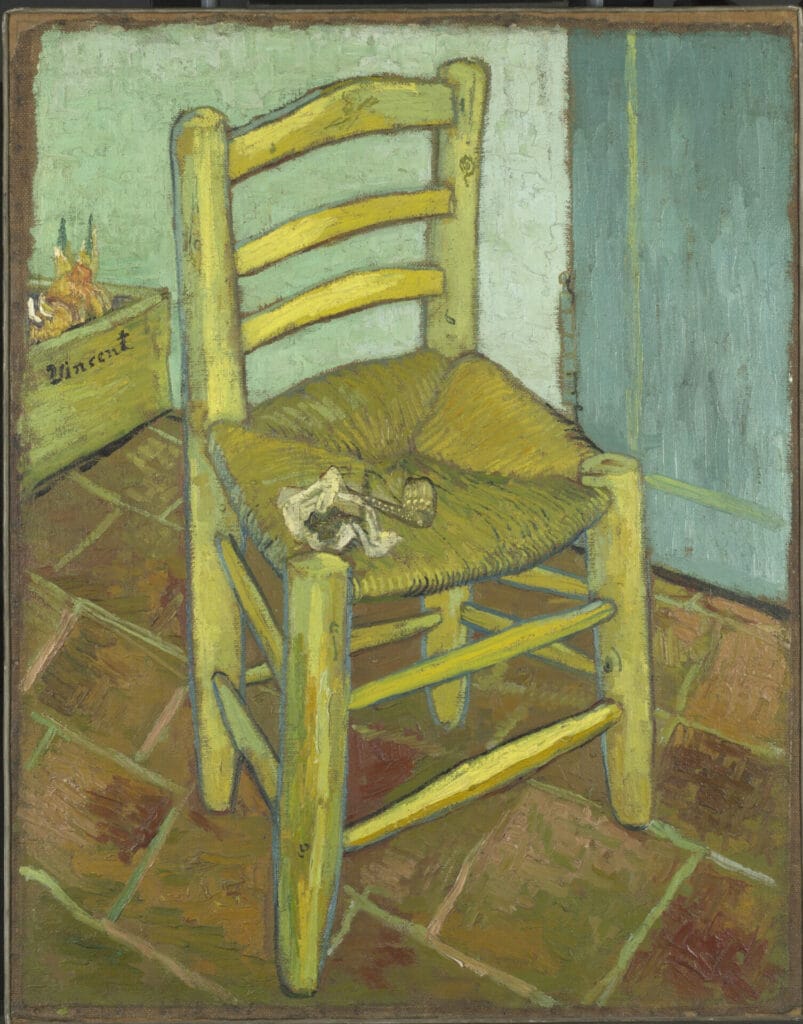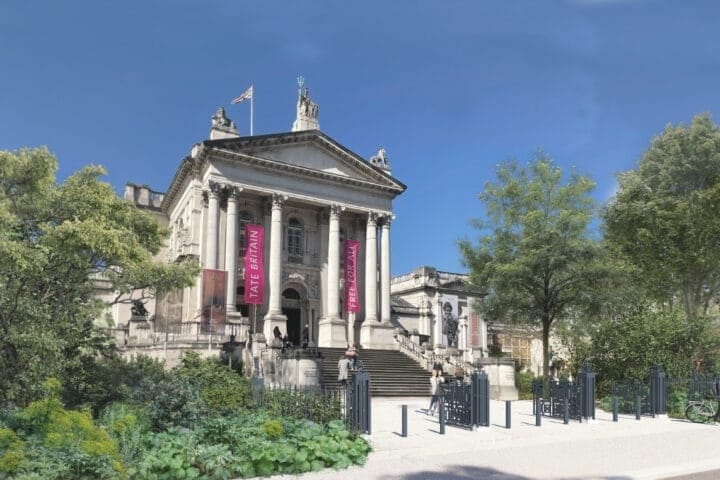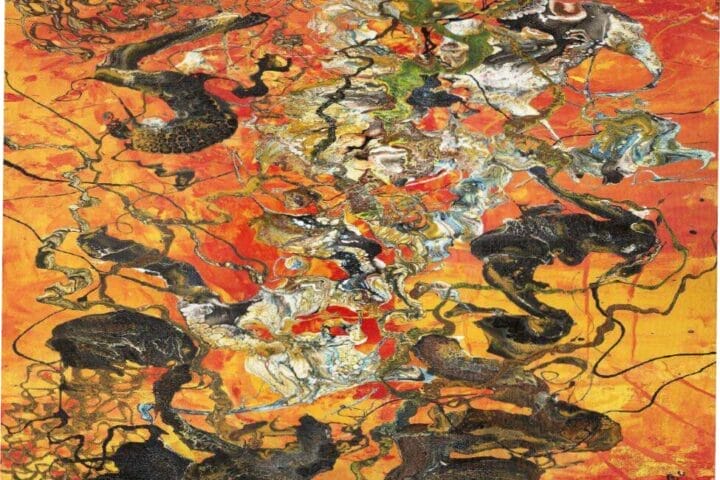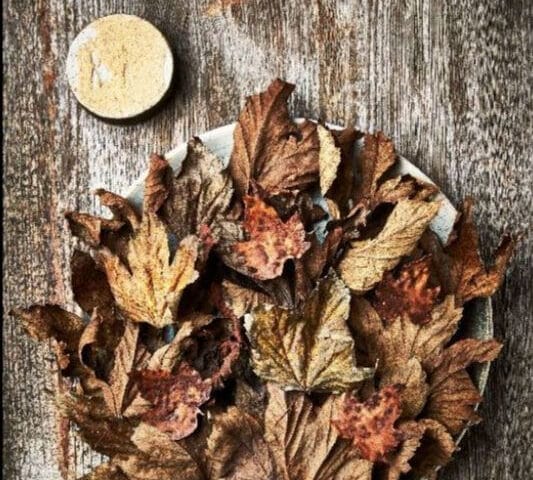To mark its 200th anniversary the National Gallery will stage a major exhibition of the paintings of Vincent Van Gogh in Autumn 2024.
Van Gogh: Poets and Lovers will also mark the centenary of the Gallery’s acquisition of the artist’s Sunflowers and Van Gogh’s Chair (1888), two of its most famous pictures, in 1924.

The Gallery’s first exhibition devoted to the artist will be the first to focus on Van Gogh’s imaginative transformations. It will feature over 50 works and loans from museums and private collections around the world, including important pictures from the Kröller Müller Museum, Otterlo, Netherlands, the Van Gogh Museum, Amsterdam, and the Musée d’Orsay, Paris. Groups of Van Gogh’s most ambitious canvases and works on paper will explore the artist’s creative process and his sources of inspiration.
Dwelling on Van Gogh’s time in Arles and Saint-Rémy in the South of France (1888 -1890), the exhibition investigates the artist’s fascinating practice of turning the places he encountered into idealised spaces in his art, thus crafting a deeply resonant and poetic framework for his oeuvre. The exhibition will also show how portraits played a vital role, as Van Gogh assigned his models symbolic meaning within his artistic universe such as the Poet and Lover of the exhibition’s title.
Van Gogh: Poets and Lovers will explore how the poetic imagination and ideas associated with love evolved into central themes for the artist. In Arles, for example, Van Gogh designated the public park in front of the Yellow House (in which, in 1888, van Gogh rented four rooms) as a Poets’ Garden, envisioning Italian Renaissance poets Petrarch and Boccaccio strolling there. Some of Van Gogh most glorious paintings and drawings of the time are associated with this idea, and pairs of lovers appear in paintings such as Starry Night (Musée d’Orsay, Paris, 1888).
In May and June of 1889, after Van Gogh was admitted to the Saint-Paul-de-Mausole hospital in Saint-Rémy, he imagined the asylum’s overgrown garden as a secluded site for lovers. He painted spectacular compositions depicting views of the grounds. The exhibition will show how this idealising, euphoric exploration of the asylum garden contrasts dramatically with works from the autumn when Van Gogh instead associated the very same location with his and his fellow-patients’ sufferings.

In Arles, in late summer of 1888, Van Gogh planned to decorate his Yellow House with his pictures on the theme of the Poet’s Garden, the Sunflowers and the Poet and the Lover. These paintings were instrumental in his conception of a decorative scheme that quickly grew beyond the walls of the Yellow House. Van Gogh: Poets and Lovers will show how the artist sought to create important compositions for exhibition in Paris, initially in 1889, year of the Exposition Universelle, when he hoped to display them as a cohesive group alongside works by fellow avant-garde artists.
The exhibition will explore how Van Gogh’s choices for these works reflect his thinking about painting in series, his repeated references in letters to pendants, his use of opposites or contrasts to create harmony and cohesion. The artist continued to pursue these ideas later in Saint-Rémy, as his works became increasingly known in avant-garde circles.
As well as the many loans, the exhibition will draw on the artist’s works in the National Gallery’s collection. In addition to Sunflowers and Van Gogh’s Chair, the Gallery owns other major paintings of great significance to the exhibition’s reassessment of Van Gogh at a key moment of his career: Wheatfield with Cypresses (1889) acquired in 1923, and Long Grass with Butterflies (1890), which entered the collection in 1926.
Van Gogh: Poets and Lovers is curated by guest curator Cornelia Homburg, and Christopher Riopelle, The Neil Westreich Curator of Post 1800 Paintings at the National Gallery, with Julien Domercq, Associate Curator (post 1800 Paintings) at the National Gallery.
Kenneth C. Griffin, founder and Chief Executive Officer of Citadel and founder of Griffin Catalyst, is the exhibition’s Lead Philanthropic Supporter.









